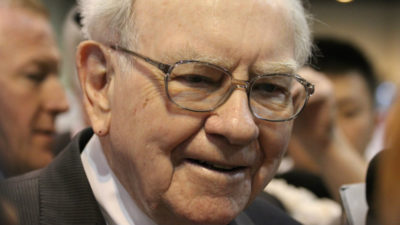By Gaurav Seetharam
Most Canadians have heard the term “potash” in the news, either during the 2010 takeover attempt of Potash Corp. of Saskatchewan (TSX:POT, NYSE: POT) by Australia’s BHP Billiton, or this earlier summer when a Russian mining cartel was dissolved. People have a vague sense that it’s a big piece of Canada’s exports, yet there’s a fundamental misunderstanding of what potash is. Here’s a primer for potash beginners. If you’re already up to speed, stay tuned for a future post on my take on the future of the industry.
What is potash?
Potash is one of the most important commodities around. Deposits have been found around the world wherever prehistoric oceans used to exist. When those oceans evaporated, they left behind a residue of potassium-based salt that our ancestors called “pot ash”. It isn’t a widely known commodity like gold or silver, but it’s vital to the production of our food. Although it has some industrial uses, 90% to 95% of all potash is used in agriculture as a fertilizer. Potassium is one of the three primary nutrients necessary for plant growth. It strengthens plants against drought and severe weather.
Who are the key players?
Since the dawn of time (or maybe it just feels that way), around 70% of the potash market has been dominated by two consortiums: The Belarusian Potash Company and Canpotex. Canpotex, a Canadian partnership, is wholly owned by Agrium (TSX:AGU, NYSE:AGU), Mosaic (NYSE:MOS), and Potash Corp. of Saskatchewan. The Belarusian Potash Company is a joint effort by the state-owned Belaruskali, Belarusian Railways, and Uralkali.
What is the virtue of a consortium?
It’s all about efficiency. Customers of the potash industry can range from giant agriculture corporations to the independently owned farm. They can be located in Manitoba, or Brazil, or China, or India. It’s an export-heavy business, and the logistics can get both tricky and expensive. And that’s where companies get together and realize that by pooling their resources, it may be possible to achieve economies of scale.
Uralkali Makes an exit
Earlier this year, the markets were taken by surprise when Uralkali announced a unilateral dissolution of BPC’s joint venture. It was a startling move that caused a lot of panic.
Source: Morningstar.com; (POT is blue)
Both Mosaic and Potash Corp. fell more than 20% in a matter of days, while Agrium managed to walk away with just a few bruises. That seems reasonable when you consider that Agrium’s stake in Canpotex is just 9%, and Mosaic and Potash Corp. own 37% and 54%, respectively.
Why the panic?
So, here’s where it gets interesting. When Uralkali announced that it was going solo, it also declared an intention to raise production by more than 30% in the next year. Markets believed that this sudden surge in the supply of potash was going to depress prices, and ultimately hurt the bottom lines of Mosaic, Agrium, and Potash Corp.
But that left me with too many unanswered questions. If we’ve established that the reason for operating in a consortium is to create efficiency, then how can Uralkali start a price war by going solo? If its marginal costs are going to rise, how can it increase production and invest in its own supply chain infrastructure? It just didn’t sit right with me, so I did a little bit of digging. The results were too long to squeeze into this article, but it will all be included in tomorrow’s post on the potash industry.
Disclosure: Gaurav Seetharam does not own shares of any companies mentioned.








